Taiwan in Time: Nov. 2 to Nov. 8
Upon the mention of Shakespeare during an interview in 1987, an 84-year-old Liang Shih-chiu (梁實秋) exclaimed, “Shakespeare again! I’ve already declared that I’ve severed all relations with him.”
But the Chinese-born writer and longtime National Taiwan Normal University (國立師範大學) English professor seemed eager to discuss what he called the “most important task in his life” — translating into Chinese the entire works of the legendary playwright and poet.
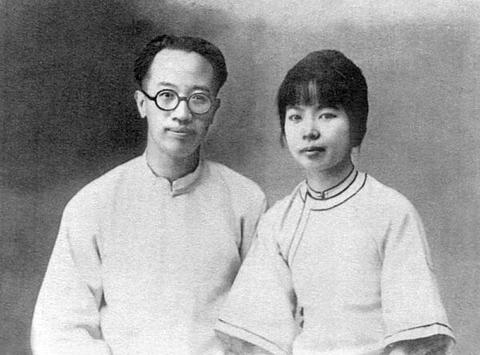
Courtesy of Wikipedia Commons
Liang died on Nov. 3 in Taipei, just a few months after that interview.
When the project was conceived in 1930, Liang was a young scholar who had recently returned to China after studying literature at Harvard and Columbia universities. It was 1967 when he singlehandedly completed the momentous task, and by that time he was a retired professor living in Taiwan.
The finished product contained 40 volumes (37 plays and three poem collections) and more than four million words. During the celebratory feast, Liang listed three key traits a person would need to accomplish what he did.
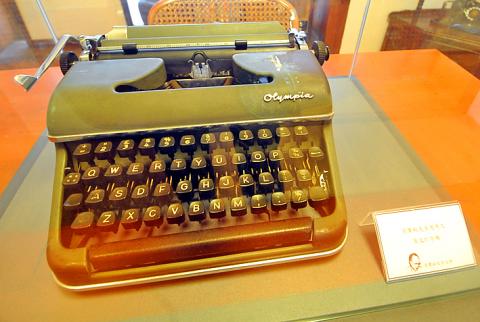
Photo: Wang Min-wei, Taipei Times
“Firstly, he can’t be too academically inclined, because if so, he would be doing research instead. Secondly, he can’t be a genius, because if so, he would be creating his own works instead. Thirdly, he must be long-living. I’m lucky that I possess all three traits,” he is reported to have said.
It wasn’t supposed to take this long. Philosopher and writer Hu Shih (胡適), then on the translation committee of the China Foundation for the Promotion of Education Culture (中華文化教育基金會), had planned for it to be a group project between five scholars, to be completed in five years.
Liang wrote that the other four dropped out for various reasons, and he carried on alone. However, war soon broke out in China with the Japanese invasion and later the Chinese Civil War. The majority of the translation was done in Taiwan, to where Liang had retreated with the Chinese Nationalist Party in 1949.
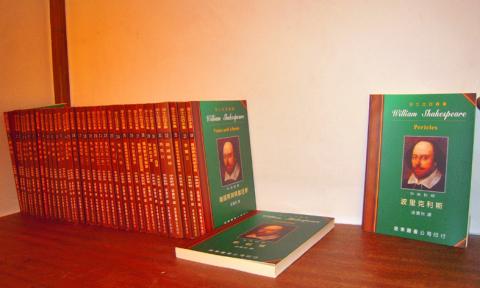
Photo: Hu Ching-hui, Taipei Times
Liang already had a few English-language book translations — Peter Pan and Silas Marner — under his belt when Hu recruited him.
Born in Beijing in 1903, Liang attended Tsinghua School (清華學校), which back then was a western-style prep school for students to study abroad in the US. In 1923, the entire class headed to the US, where Liang would spend time at Colorado College, Harvard and Columbia University. However, he was just as passionate about Chinese literature as he was Western.
He was very particular about his translation work, stating that his primary concern was to stay true to the original meaning of the text instead of translating directly. The main difference is that Liang’s translation is meant to be read, while Shakespeare’s works are meant to be acted out on a stage.
“Although I can’t translate word for word, at least I tried to do it sentence by sentence,” he said. “I will absolutely not delete anything, unlike some people today. I even tried to keep Shakespeare’s punctuation.”
It’s often mentioned how Liang also kept all obscene language or sexual references, which was not commonplace in those times.
“Sex is something that everyone is interested in, even in Chinese theater,” he said.
He also mentions the difficulty of translating puns.
“It’s just wordplay and doesn’t have much actual significance,” he says. “But the audience at that time enjoyed the puns. Occasionally, they can be translated into Chinese, but most of the time I can only explain them in the footnotes.”
Hu promised to personally throw a huge banquet for Liang, but he never got the chance because Wu died five years before the books were completed. After Liang finished translating all of Shakespeare’s plays, a banquet was held in Taipei on Aug. 6, 1967 with more than 300 people attending. But he wasn’t satisfied yet, and spent another year translating the playwright’s poetry.
Liang’s love affair with British literature didn’t stop there. In 1972, he embarked on another gargantuan project that kept him busy for the next seven years: History of British Literature (英國文學史) and Anthology of British Literature (英國文學選). Both works contain over one million words.
Taiwan in Time, a column about Taiwan’s history that is published every Sunday, spotlights important or interesting events around the nation that have anniversaries this week.
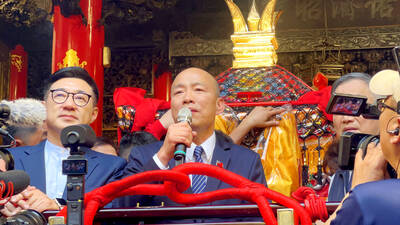
Three big changes have transformed the landscape of Taiwan’s local patronage factions: Increasing Democratic Progressive Party (DPP) involvement, rising new factions and the Chinese Nationalist Party’s (KMT) significantly weakened control. GREEN FACTIONS It is said that “south of the Zhuoshui River (濁水溪), there is no blue-green divide,” meaning that from Yunlin County south there is no difference between KMT and DPP politicians. This is not always true, but there is more than a grain of truth to it. Traditionally, DPP factions are viewed as national entities, with their primary function to secure plum positions in the party and government. This is not unusual

Mongolian influencer Anudari Daarya looks effortlessly glamorous and carefree in her social media posts — but the classically trained pianist’s road to acceptance as a transgender artist has been anything but easy. She is one of a growing number of Mongolian LGBTQ youth challenging stereotypes and fighting for acceptance through media representation in the socially conservative country. LGBTQ Mongolians often hide their identities from their employers and colleagues for fear of discrimination, with a survey by the non-profit LGBT Centre Mongolia showing that only 20 percent of people felt comfortable coming out at work. Daarya, 25, said she has faced discrimination since she
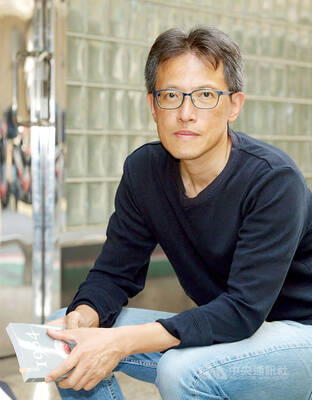
More than 75 years after the publication of Nineteen Eighty-Four, the Orwellian phrase “Big Brother is watching you” has become so familiar to most of the Taiwanese public that even those who haven’t read the novel recognize it. That phrase has now been given a new look by amateur translator Tsiu Ing-sing (周盈成), who recently completed the first full Taiwanese translation of George Orwell’s dystopian classic. Tsiu — who completed the nearly 160,000-word project in his spare time over four years — said his goal was to “prove it possible” that foreign literature could be rendered in Taiwanese. The translation is part of

April 21 to April 27 Hsieh Er’s (謝娥) political fortunes were rising fast after she got out of jail and joined the Chinese Nationalist Party (KMT) in December 1945. Not only did she hold key positions in various committees, she was elected the only woman on the Taipei City Council and headed to Nanjing in 1946 as the sole Taiwanese female representative to the National Constituent Assembly. With the support of first lady Soong May-ling (宋美齡), she started the Taipei Women’s Association and Taiwan Provincial Women’s Association, where she